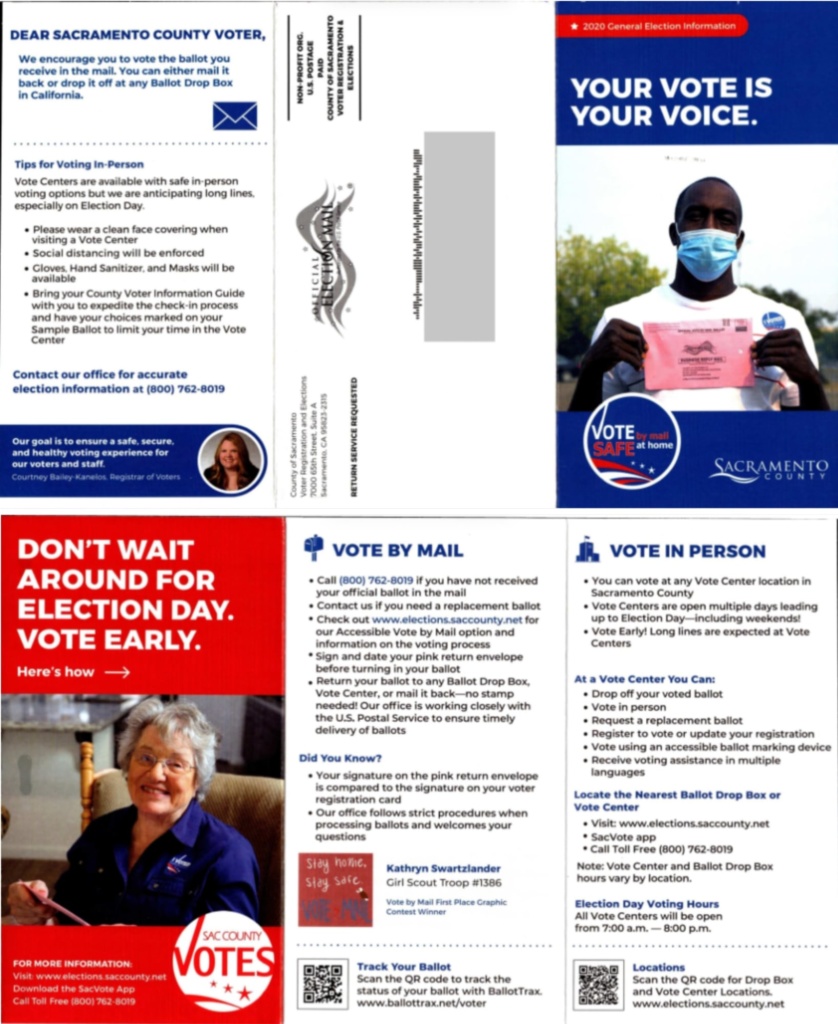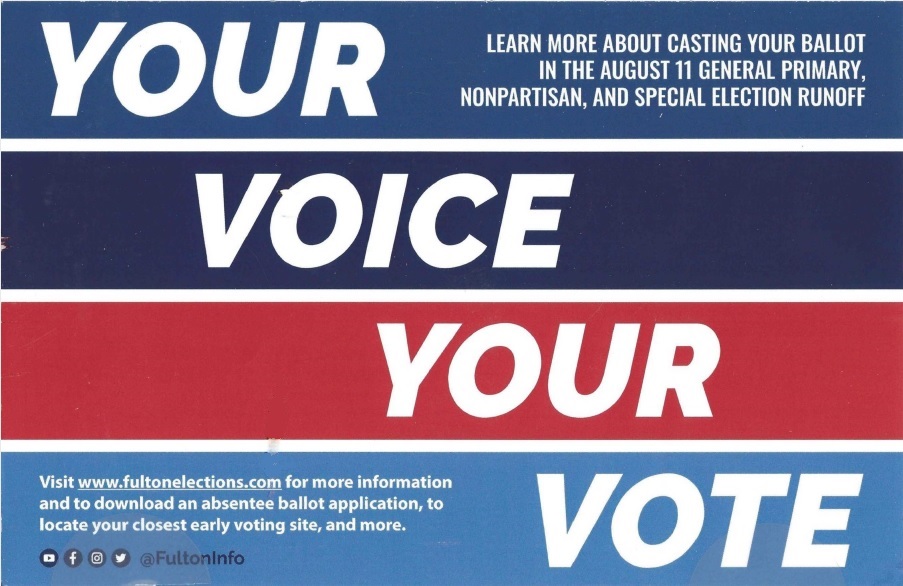INDUSTRY INSIGHTS
Political Direct Mail: 5 Ways Direct Mail Can Shape Voter Habits
Here’re five key insights about political direct mail and how you can use them to improve your mail and drive citizens to participate in our democracy.
The article originally appeared in Mailing Systems Technology, the original publication can be found here.
The first votes in Election 2022 have already been cast, but if you’re involved in a political campaign, it’s not too late to consider using direct mail.
Whether it’s your first political rodeo or your 30th, your challenge remains the same: to get the attention of potential voters, inform them about your candidate, make the case for their support, and, finally, get them to cast their vote.
That’s not an easy task. The average American sees hundreds of promotional emails, pop-ups, Facebook and Google ads, TV commercials, videos, texts, signs, and other communications every day.
Direct mail can help you cut through all that clutter.
Since 1984, Who’s Mailing What! has been the record of direct mail in America. In addition to data-based analysis about the mail we track, we also provide marketers and printers with PDFs of that mail sent to voters across the country. Recently, we conducted research into what trends are apparent from election and political mail campaigns and developed five key insights about political and election mail — and how you can use them to improve your mail and drive citizens to participate in our democracy.
1. Target Voters with Segmentation
Because data is the king of direct mail and a crucial factor in its success, you must use it correctly. There’s certainly a time for generic election messaging, such as when you’re introducing, or re-introducing, your candidate.
But as a campaign progresses, you can also segment your political database and send mail to groups of voters based on an incredible variety and combination of data points. Working with a credible data supplier, zero in on specific audiences whose values and profiles better align with yours. Design mail pieces that speak to these attributes by highlighting your experience, issue positions, and specific proposals.
Some of the examples we came across demonstrate how campaigns — as well as official election bodies — reach out to different demographics, as shown in this voting information effort mailed by Sacramento County.

2. Emotional Motivators
Separate neuroscience studies by Temple University and True Impact reveal that messages found on a physical printed material, such as direct mail, involve more emotional processing and create better recall and motivation to act than digital ones.
Now imagine the power of print paired with visual and verbal cues that tap the 7 main emotional drivers and you have a powerful combination that drives action:
- Guilt
- Fear
- Anger
- Salvation
- Exclusivity
- Flattery
- Greed

Then there’s another motivator that works so well in election and political mail: patriotism. This non-partisan election information mailpiece, from Fulton County (Georgia) Department of Registration and Elections breaks out the big type (“YOUR VOICE”) in white against a background of blue and red stripes.
Remember — after deciding on an emotional touchpoint, you can then align facts and figures to support your candidate’s message on issues.
3. Copy
Don’t be subtle. You and your candidate can’t afford it!
Just tell your voters what you want them to do next, and keep it short. Some examples:
- “Go to www.[CandidateName].com for my full plan on saving endangered species.”
- “Register by [date].”
- “Vote on [date]”
- “Return your ballot by [date]”
Also, show them how!
Provide clear instructions, like your campaign website or phone number, for more information or a map showing the physical location of their polling place.
We discovered many campaign mailers in our database that took this helpful approach. Official election agencies, such as Arizona Vote, mailed easy-to-follow directions for residents receiving their ballots by mail.

4. Design
Your mail should make the best possible impression about your candidate, once you’ve gotten their attention in the first place.
This means including these elements:
- easy-to-read fonts,
- crisp, high-resolution photos,
- no cheap or dated-looking graphics, and
- no spelling, grammatical, or factual errors.
Also, use white space and short headlines — when you’re not showcasing content — to let the voter’s eyes and mind focus on the candidate and the message. And make sure no one misses your call-to-action: when (and how) they can vote in the election.
One of the most eye-catching examples we found in our research is this campaign mailer by Citizens for Lake Metroparks based in Painesville, OH. Notice how keywords and phrases are highlighted as well as the large type emphasizing the ballot measure number.

5. Inspire Action Across Channels
Political campaign mail in 2022 might look on the surface a lot like mail from 10, 20, or 30 years ago. But it’s not.
The internet means that political mail can be more powerful than ever before if you use it as part of an integrated, ongoing, omnichannel experience for your candidate’s supporters and potential voters. Reinforcing a consistent message across all channels builds trust in the eyes of your intended voters.
Think of how you can keep voters engaged with your campaign and other supporters using:
- Smart speakers/VACTA call-to-action
- Informed Delivery campaigns
- Retargeting website visitors with a postcard
- QR code call-out to drive website visits
- Social media listings
Our research showed that many election administration bodies, party organizations, non-profit groups, and individual candidates have been using many of these digital channels to keep voters engaged after they receive their mail.
In this example, Santa Clara County (California) mailed a small brochure with helpful voter information. It directs residents to the county’s election sites (via QR code) and social sites.

The bottom line here is that direct mail is a living channel that combines the best of modern-day marketing and print technologies to help your campaign reach today’s voters.
May the Best Candidate Win
Your direct mail can do a lot of heavy lifting in identifying, educating, and energizing core supporters and independent voters. Even as marketing strategy evolves from “spray and pray” to data-driven, your mail must ultimately answer a big question all voters, like consumers, have: “What’s in it for me?”





























